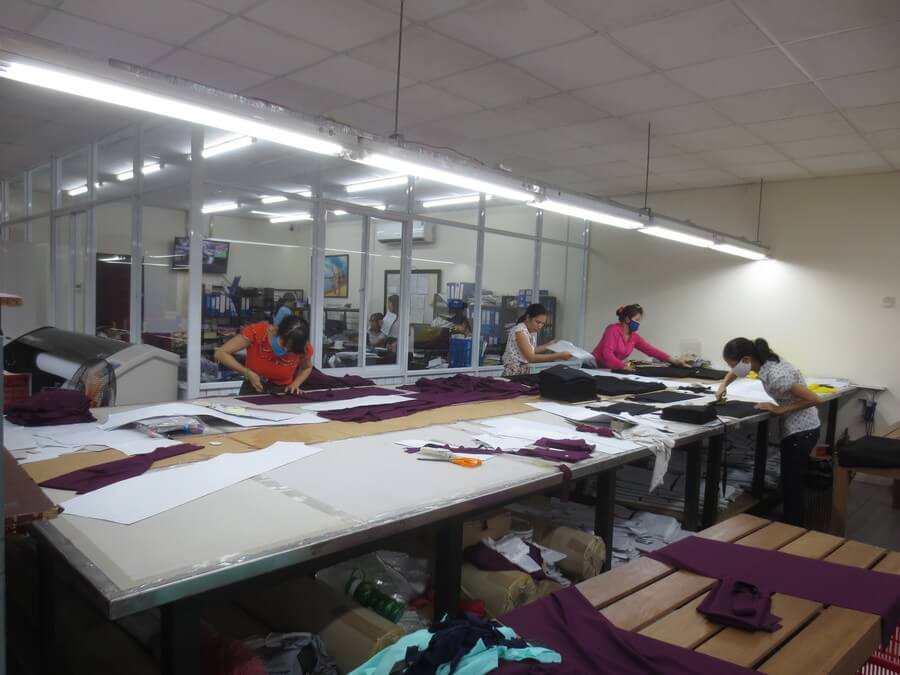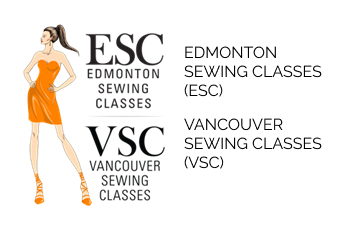
The real essential skills you need to make it in the fashion industry are actually not drawing, sketching, weaving, sculpting, painting or even knitting. In fact, it is not even fashion history, color theory or elements of design. In the real world, the only four basic and essential skills you truly really need are: pattern drafting, sewing, French draping and pattern grading.
Pattern Drafting – In fashion, designing always begins with flat-pattern drafting because that is how all garments are originally created from a paper pattern. A person can be a brilliant fashion illustrator but, without pattern drafting skills, she/he will not be able to transform their idea into a real garment. Pattern drafting is the real back bone of fashion design. It is also the original template for any design that exists in this universe. Drafting a paper pattern and then cutting it into a garment is necessary, if you want to maintain consistency in the design, fit and quality of your entire garment collection.
Sewing – In order to create a four-dimensional garment with shape and structure, sewing skills are essential and mandatory in this business. One can create good patterns but, without sewing skills, literally, there is no garment to sell or to show on the catwalk. All cloth or material must be stitched together before it becomes an actual garment to be worn.
French Draping – Haute Couture and ready-to-wear cannot exist without French Draping. It is the basic skill most often overlooked and rarely taught in most fashion institutions. The epitome of art and perfection in fashion design is French Draping. It is an old technique and skill that requires precision with your hands and an eye for fine detail. In addition, having this draping skill under your belt will help you master the trick of good fitting on any garment construction, design or alteration. Furthermore, it really helps you to brainstorm and construct from your creative mind more strategically and efficiently, bypassing the pattern manipulation process by simply using a cloth to drape on a dress form or an actual person to create an instant design, without ever drafting a pattern.
Pattern Grading – The apparel industry cannot survive without knowledge of pattern grading. People come in all different shapes and sizes. Without grading knowledge, most garments will not fit on people. Having a good and strong pattern grading skill will help make your garments fit better on people with different or challenging figures/sizes. Pattern grading in various sizes will allow you to expand your market and increase your profit margin in different niches, such as petite or plus sizes. In reality, you can use any existing pattern to create new sizes for anyone, without drafting a single new pattern.
– Chris Falcon is a Canadian designer and fashion educator with over 35 years of experience in the garment design and manufacturing business.

